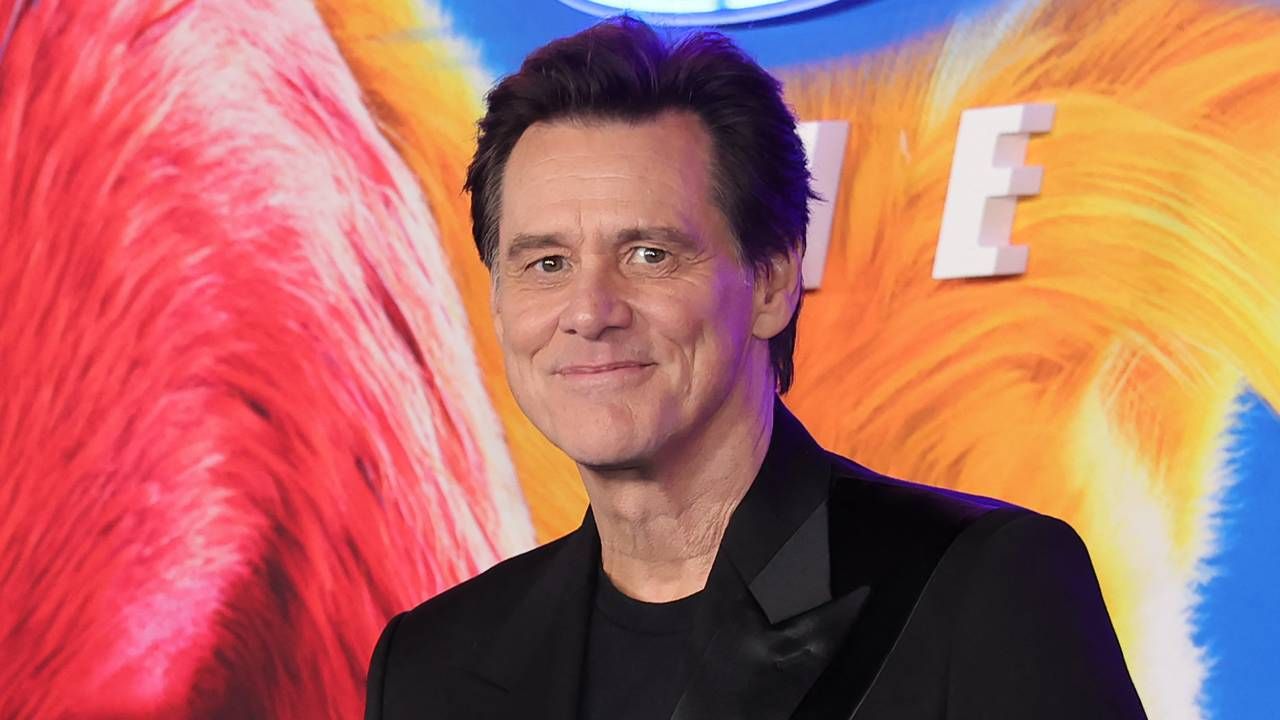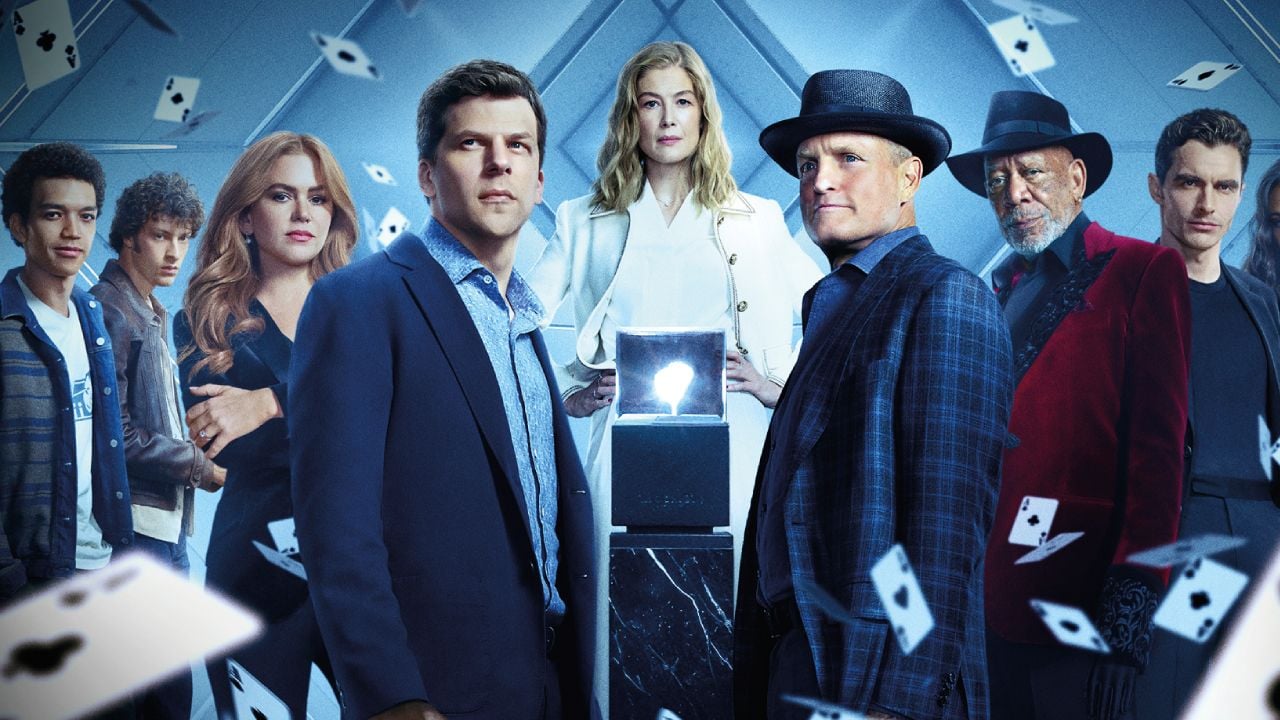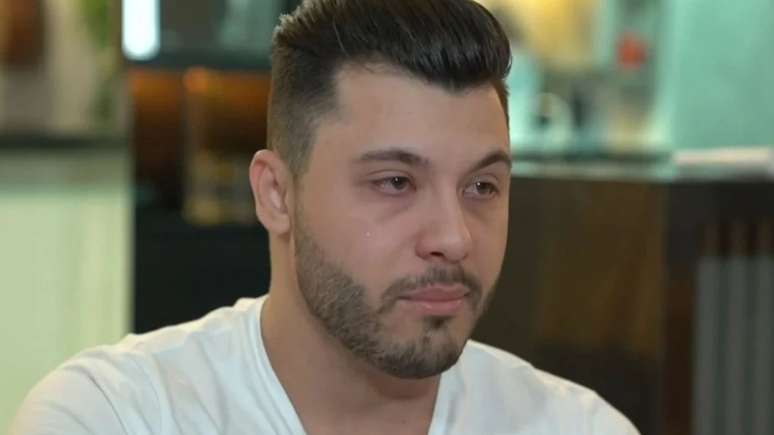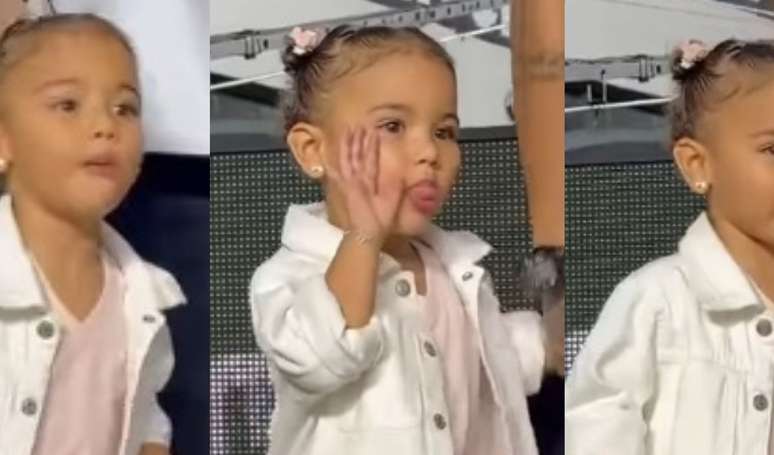The KyoAni Studio incident, also known as the Kyoto Animation Studio attack, is a tragedy that shook the Japanese animation industry and left a deep mark on the global community of anime and manga fans.
This sad event occurred on July 18, 2019 and resulted in the loss of 36 lives and many more injuries. The tragedy not only had a profound impact on those directly involved, but also inspired works such as the manga “Look Back,” which reflect on loss, resilience and the strength of the artistic community.
Background and history of KyoAni Studio
Kyoto Animation, affectionately known as KyoAni, is one of the most respected animation studios in Japan. Founded in 1981 by Yoko and Hideaki Hatta, KyoAni has stood out for its dedication to the quality of its productions and its work culture, which prioritizes the good: being your employees. Unlike many Japanese animation studios, which often rely on freelancers and outsource much of their work, KyoAni employed full-time animators and offered in-house training, contributing to a more stable and sustainable work environment.
Among the studio’s most notable productions are series such as “The Melancholy of Haruhi Suzumiya”, “Clannad”, “K-On!”, “Free!” and “Viola Evergarden.” These works not only achieved commercial success, but were also praised by critics for their high-quality animation, compelling narratives, and in-depth character development.
The attack
On the morning of July 18, 2019, a 41-year-old man named Shinji Aoba broke into the main building of the Kyoto Animation Studio in Kyoto’s Fushimi district. Armed with 40 liters of petrol, Aoba spread the flammable liquid on the first floor of the building and set it on fire. The flames quickly spread through the three-story building, catching employees working by surprise.
The resulting fire was devastating. Many employees were unable to escape in time and rescue efforts were hampered by the rapid spread of the fire and heavy smoke. In total, 36 people lost their lives and 33 others were injured, some with severe burns. It was the deadliest attack in Japan since the 2001 Tokyo arson attack and one of the worst disasters in the country’s recent history.
Motivation for the attack
Shinji Aoba was quickly identified and arrested on the spot. He had suffered serious burns during the attack and was hospitalized under police custody. Aoba claimed that he attacked the studio because he believed that KyoAni had plagiarized one of his works. However, subsequent investigations found no evidence to support this claim. Police concluded that Aoba, who had a history of mental problems and had previously been convicted of robbery, had acted alone and that his motivation was based on a delusional perception of injustice.
The tragedy had a profound impact on the Japanese animation industry and the global community of anime fans. Kyoto Animation was widely respected not only for its high-quality productions, but also for its ethical and innovative working practices. Losing so much talent in one event was a devastating blow.
In response to the attack, there was an outpouring of solidarity and support from fans and professionals around the world. Fundraisers were organized to support the victims and their families, and the animation industry as a whole came together to express its sadness and offer help. The hashtag #PrayForKyoAni spread quickly on social media, with thousands of people sharing messages of support and condolences.
“Looking back” and artistic inspiration
Among the works that emerged in response to the incident is “Look Back,” a manga written and illustrated by Tatsuki Fujimoto, known for his work on “Chainsaw Man.” First published in 2021, “Look Back” is a deeply emotional story that touches on themes of friendship, loss, and the transformative power of art.
The manga tells the story of two young artists, Fujino and Kyomoto, who share a passion for illustration. Through their interactions and personal growth, “Look Back” explores how art can connect people, offer comfort in times of grief, and leave a lasting legacy even in the face of tragedy. Although Fujimoto did not explicitly state that “Look Back” was inspired by the attack on the KyoAni Studio, many readers and critics see clear parallels between the work and the events of 2019.
The manga has been widely praised for its sensitivity and emotional depth. “Look Back” not only honors the victims of the attack, but also celebrates the resilience and strength of the artistic community. The work has become a symbol of how art can emerge from pain and offer a form of healing and reflection, and an animated film adaptation of the work was recently announced.
The KyoAni Studio incident is a painful reminder of the fragility of life and the depths of human cruelty. However, the global response of solidarity, the studio’s determination to continue, and works inspired by tragedy, such as “Look Back,” also highlight the human capacity for resilience, compassion, and creation. The story of the attack on the Kyoto Animation Studio is a narrative of loss, but also of hope and recovery, demonstrating that even in the darkest hours, the light of art and humanity can shine brightly.
The post Learn the Story of the KyoAni Studio Incident, Which Inspired the Look Back Manga and Movie appeared first on Olhar Digital.
Source: Olhar Digital
Rose James is a Gossipify movie and series reviewer known for her in-depth analysis and unique perspective on the latest releases. With a background in film studies, she provides engaging and informative reviews, and keeps readers up to date with industry trends and emerging talents.








